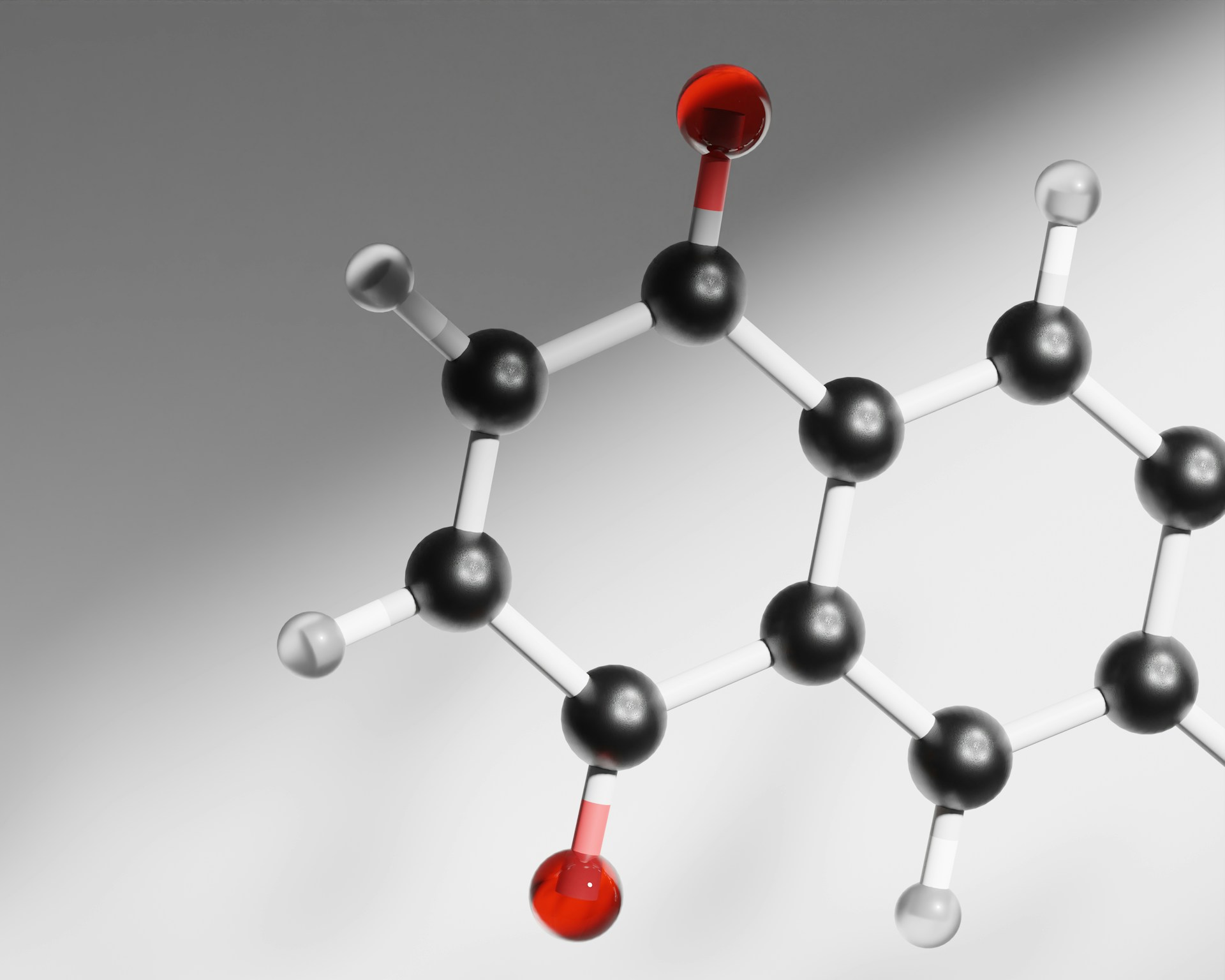Period products have been widely available since the 1890s, so why now has its absorbency only just been tested using blood? Photo credit: Annika Gordon via Unsplash
It is estimated that 1.8 billion people menstruate each month, with 800 million people experiencing a period at any given moment.
The average menstruator will experience 40 years of periods, accounting for approximately half their average life span. This makes the feminine hygiene industry hugely profitable, with the market size being valued at 41.29 billion USD in 2023.
It would not be unreasonable to expect that, with all this income, manufacturers could afford to appropriately test the absorbency of period products. Nonetheless, the first study of menstrual products using blood during testing was published just a few months ago.
The study, published in the British Medical Journal of Sexual and Reproductive Health on August 7th 2023, is the first to compare the absorption of different period products using blood. Previously, only water, saline, or synthetic blood have been used to measure the absorbency of period products.
Unsurprisingly, menstrual blood is thicker than water.
Menstrual blood also contains mucus and endometrial tissue, affecting how quickly it is absorbed by period products. Since menstrual secretions are difficult to obtain for testing purposes, packed red blood cells-blood after platelets and plasma were used to test the absorbency of 21 period products, including popular brands such as Intimina. The study involved recording the volume of blood required for the saturation of the product.
Predictably, the study showed variability in absorbance when compared to results obtained using water or saline. It was found that most products are much less absorbent than manufacturers claim. This could explain why it is common for people to bleed through so-called ‘high absorbency’ products and find no problems with their reproductive health.
Period underwear was found to be the least absorbent, needing only two millilitres of blood to reach saturation. Menstrual discs were reported as the most absorbent and absorbed up to 80 millilitres of blood.
For reference, the average blood loss during a period is 60 millilitres. Historically, someone was considered to have a heavy period if they lost more than 80 millilitres of blood during one menstrual period.
This definition was changed in 2007 by the National Institute for Health and Care Excellence (NICE) to “excessive menstrual blood loss that physically, emotionally, socially, and financially affects the quality of life of women and can be seen by itself or with other symptoms.”
An estimated 27-54% of menstruators experience heavy periods. This can have adverse health effects such as iron deficiency, leading to a reduction in red blood cells, called anaemia.
The true measure of period product absorbency provides useful insights. Not only does it allow doctors to accurately assess whether heavy periods are indicative of underlying health issues, but people can also begin to choose the best period product for themselves.
An estimated 27-54% of menstruators experience heavy periods. This can have adverse health effects such as iron deficiency, leading to a reduction in red blood cells, called anaemia. Patients suffering from anaemia often feel sluggish and weak. Accurate diagnosis of heavy periods is vital for effective treatment.
When menstruators are expected to pay for period products out of their own pocket, basic safety measures should be regarded as less than the bare minimum.
Widely available commercial period products have appeared in catalogues since the 1890s, yet blood has not yet been used to test the absorbency because it is deemed too difficult. This is indicative of a wider issue regarding how medical science neglects women’s health issues continuously.
Just last year, it was reported that Indian sanitary pads contained phthalates, a toxic chemical which can cause symptoms such as endometriosis, pregnancy-related complications, impaired foetal development, insulin resistance, and hypertension. When menstruators are expected to pay for period products out of their own pocket, basic safety measures should be regarded as less than the bare minimum.
While this study is clearly a step in the right direction, much remains unknown about menstrual blood. One of the few studies found 385 proteins that are unique to menstrual blood. Studying these proteins could be vital for addressing wider healthcare issues.
Perhaps studying these proteins could explain why two-thirds of Alzheimer’s patients are female or why women are twice as likely to develop depression, by revealing biological mechanisms only present in women. It is undeniable that medical science continues to fail women and we must continue to research women’s health issues.





